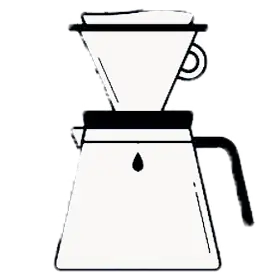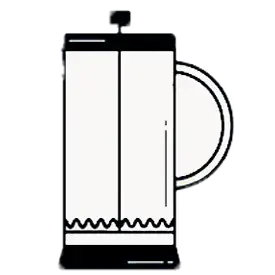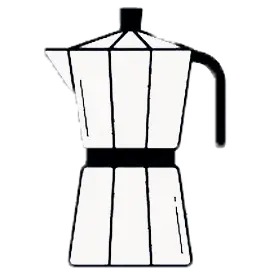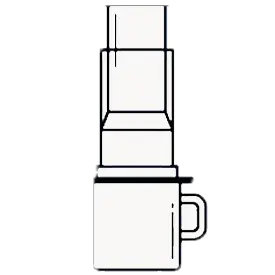Mastering the Art of Medium Roast Specialty Coffee: A Brew Guide
When it comes to coffee, we believe that every roast has its own story to tell. Light roasts bring out the delicate, bright notes of origin, while darker roasts deliver a bold, intense experience. But there’s something special about medium roasts—they strike a perfect balance, preserving the unique flavors of the origin while developing them just enough to offer a richer profile.
Our mission is to fill a gap in the coffee world with true medium roasts that work beautifully for both espresso and pour-over. While great light roasts for pour-overs are widely recognized, finding a truly exceptional medium roast for both methods is a bit more challenging. We’re here to change that.
Why Medium Roast?
Medium roast coffee offers a sweet spot between the bright acidity, and fruity notes of a light roast and the deep, robust flavors of a dark roast. It highlights the origin’s character but also adds complexity, making it an excellent choice for those who appreciate a balanced cup.
But here’s the thing: brewing a medium roast is a different game altogether. It requires a careful approach to water temperature, grind size, and brewing time. Unlike light or dark roasts, medium roasts allow you to explore a spectrum of flavors, from fruity and acidic to nutty and rich, depending on how you brew.
Pour-Over Perfection
For pour-overs, water temperature plays a critical role in unlocking the flavors of a medium roast. If you’re after those fruity, vibrant notes, try lowering the water temperature slightly—around 90°C is a good starting point.
Here’s a quick recipe I like to use:
- Try a medium grind (1000 microns), the size of regular beach sand. This allows for a balanced extraction, ensuring that the coffee’s flavors are fully developed without becoming too bitter or too weak.
- Start with water at 87°C for the first half of the pour-over. This helps to extract those bright, fruity flavors without overwhelming the palate.
- For the second half, increase the water temperature to 95°C. This brings in more roasty, balanced notes, rounding out the flavor profile for a well-balanced cup.
This method gives you the best of both worlds—a coffee that’s rich in flavor yet nuanced, with a complexity that evolves with each sip.
Espresso Excellence
When it comes to espresso, medium roast shines in its versatility. A water temperature between 91°C and 95°C works best, but the real magic happens with grind size adjustment.
The grind size directly impacts the body and acidity of your shot. A finer grind will give you a more syrupy, intense shot with a fuller body. On the other hand, a slightly coarser grind will create a shot with less body.
I aim for a shot time of 25-30 seconds. Adjusting the grind size can change the shot’s ratio; for example, increasing the grind size allows more water to pass through the portafilter, resulting in a higher ratio, such as 1:4. This adjustment can bring out different flavors and textures, allowing for a unique espresso experience each time.
I personally enjoy pulling longer shots with a 1:3 ratio—this gives a more nuanced, complex flavor. But, I have to admit, there’s something delightful about those moments when I accidentally grind too fine, clog the portafilter, and end up with just 10ml of syrupy goodness. The flavors are so concentrated and intense that it’s like tasting the very essence of the coffee.
The Joy of Experimentation
As a coffee professional, I spend a lot of time experimenting with different methods and techniques to get the best out of our medium roasts. But it’s not just work—there’s a lot of joy in the process. Coffee is as much a science as it is an art, and every brew is a chance to learn something new and to savor the results.
Whether you’re a seasoned barista or a homebrewer, I encourage you to experiment with our medium roasts. Try different temperatures, grind sizes, and ratios until you find the sweet spot that delivers the flavors you love. And most importantly, enjoy the journey—after all, that’s what coffee is all about.







